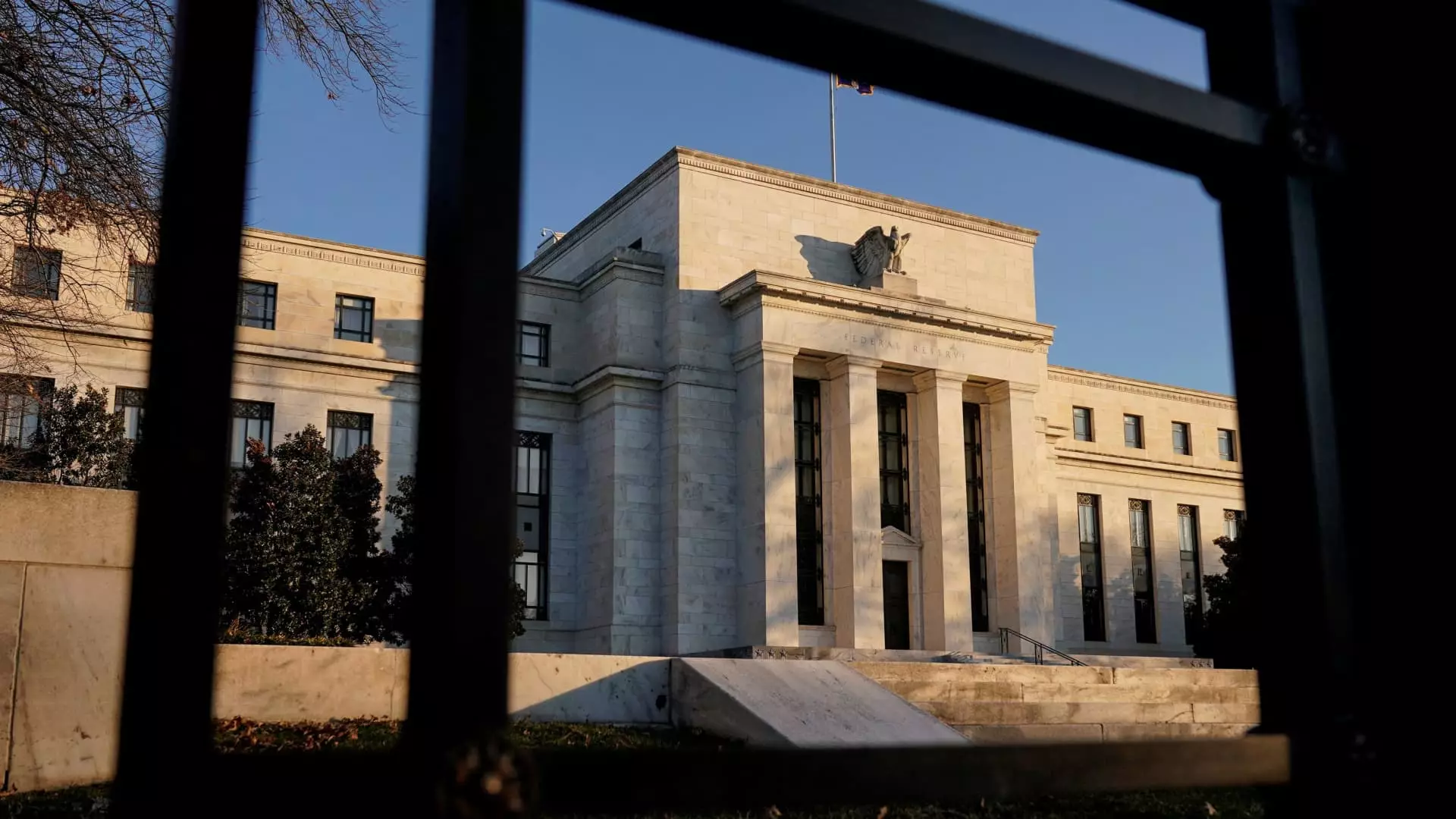The Federal Reserve’s latest proposal marks a disturbing shift in the approach to banking regulation. By loosening the definition of what constitutes a “well-managed” bank, the Fed signals a disturbing willingness to prioritize flexibility over safety. The proposal suggests that even banks with certain deficiencies—specifically, a single “deficient” rating across key criteria such as capital, liquidity, and governance—could still be classified as well-managed. At first glance, this move appears to acknowledge the complexities of evaluating modern banking institutions. Yet, a deeper examination reveals a dangerous disregard for the importance of stringent standards that have traditionally prevented systemic failures.
The current rules, established in 2018, have served as a crucial safeguard. They set clear boundaries: deficiencies in vital areas preclude a bank from being deemed well-managed, thereby limiting its strategic options—like acquisitions—that could amplify risk. Changing this standard could erode the integrity of oversight, effectively rewarding institutions that display alarming vulnerabilities with a badge of competence. Such a shift risks creating a false sense of security, distracting stakeholders from the underlying fragility within these institutions.
Motivations Behind the Move: A Pragmatic Pivot or a Faustian Bargain?
Proponents, including Fed Vice Chair Michelle Bowman, frame the proposal as a rational adjustment—an acknowledgment that the current system might be overly rigid and unable to account for the nuanced realities of bank health. They argue that recognizing a bank’s overall condition, despite minor flaws, offers a more pragmatic and balanced approach. While this may sound reasonable in theory, it underestimates or ignores the profound risks hidden beneath the surface.
The move appears to be part of a broader strategy to ease regulations on large financial institutions, possibly aiming to stimulate economic activity or placate powerful banking entities. Nonetheless, it risks inviting complacency. When safety nets are weakened, the entire financial system becomes more susceptible to shocks—especially when large banks operate under the illusion of competence they might not genuinely possess. This perception could lead to lax behaviors, increased risk-taking, and ultimately, a destabilization that planetary crises like the 2008 financial collapse sought to prevent.
Expert Voices: Concerns and Contradictions
The resistance from former regulators such as Michael Barr underscores the gravity of this proposal. Barr insists that relaxing standards undermines foundational safeguards that protect customers and the economy. Similarly, Fed Governor Adriana Kugler is cautious, warning that the move might tilt the balance too far in the opposite direction, increasing the likelihood of overlooked vulnerabilities.
There is an unsettling irony here. The regulatory community’s recent actions—such as approving new capital rules—have already faced criticism for potentially loosening oversight. Now, with this proposal, the Fed appears to be doubling down on a controversial approach that risks prioritizing expediency over resilience. Even if the intention is to adapt to the realities of the financial landscape, the potential fallout from a systemic failure rendered more likely by such policy shifts should give policymakers pause.
This regulatory rollback is a perilous gamble. It trades critical safety nets for a veneer of pragmatism, ignoring the lessons etched into history by past crises. If the goal truly is a resilient banking system, then the focus must remain on robust, uncompromising standards—anything less threatens to unravel the stability that fragile economies depend on.

